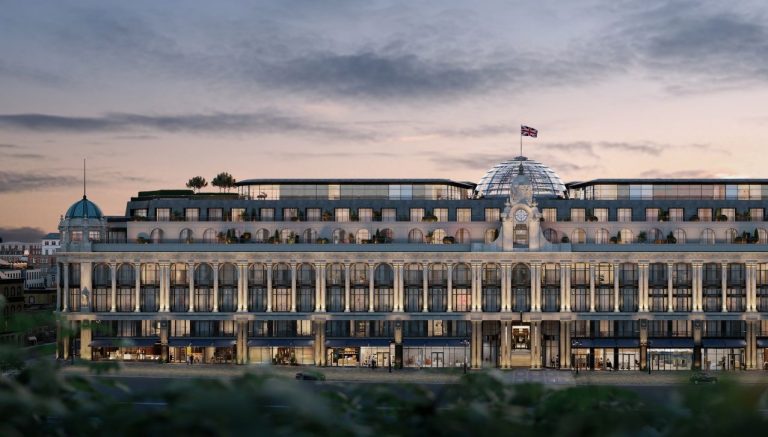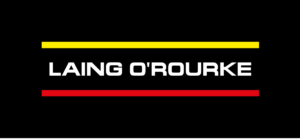


Whiteleys Centre
How Laing O’Rourke is protecting historic Grade II-listed assets on a £1billion redevelopment using data powered visualisations, so it can build smarter, faster and safer
The challenge
The 1911 Whiteleys building in Queensway, London is a globally recognised cultural landmark. It is now being redeveloped from a shopping centre into 139 residences, 20 new shops, cafes and restaurants, a central public courtyard, a cinema, a gym and flagship Six Senses hotel and spa.
All of this is set within a four-storey Grade II-listed facade, which is to be restored, but needs to be protected and conserved. Furthermore, the site sits within a Conservation Area and the iconic central dome of the building, designed in 1911, will be retained. Heritage groups were firm about preserving the site’s historical integrity and local parties wanted to avoid the risk of basement construction causing subsidence to neighbouring buildings.
Laing O’Rourke’s geotechnical and surveying team worked to ensure that there was no unwarranted movement to the surrounding structures. They worked across several asset protection projects at once, and needed to monitor the overall site for different movements in a smart way to:
- maintain structural integrity and heritage
- maintain a safe work site and public surrounding
- avoid costs from urgent unplanned works
- avoid disruption to the normal operation of nearby buildings
- avoid wasting valuable engineering resource